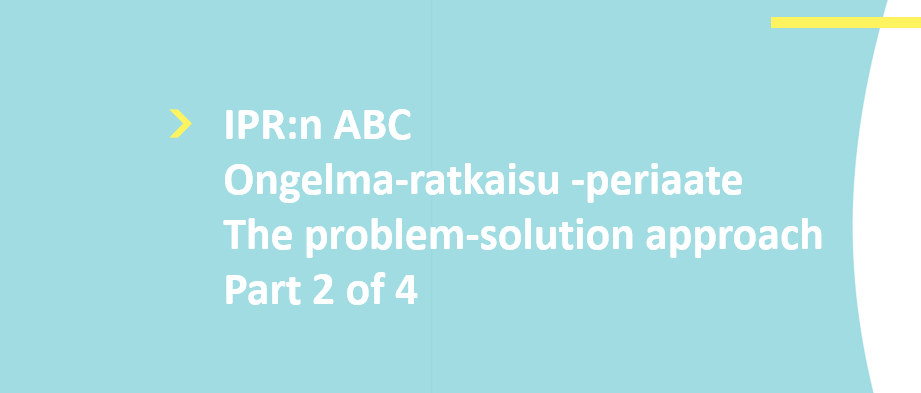-
Services
-

This imaginary person has the average skill of the specified technical field, and knows what has been published in that field, as well as what belongs to the common general knowledge of that field. His/her line of work is always selected based on the invention to be evaluated, and he/she is capable of such routine research that is common in the relevant field.
The person of average skill in the art participates in the continuous development of his/her technical field, and is even capable of making simple suggestions for solving problems, but only if clearly guided in the right direction. He/she does, however, not make conclusions based on his/her knowledge.
The level of knowledge of the person of average skill in the art is not clearly defined, but can vary from one field to another. It is affected, among others, by how much the knowledge of that field is developed, how significant problems to be solved exist in said field, and what educational levels the inventors in that field typically have.
Inventive step, for example, is examined with the help of the person skilled in the art, by determining whether a new solution is obvious based on the knowledge of the person of average skill in the art. Briefly, if the person skilled in the art compares the invention to a disclosure in a close field, and finds the difference between these solutions to be such that he/she would try it out in his/her routine work, the solution of the invention is obvious, and therefore not inventive.
The person skilled in the art is also consulted when determining whether an invention has been disclosed in a sufficiently clear way in a patent application or patent. That is because an invention should be disclosed so clearly that the person skilled in the art can reproduce the invention based on its disclosure, again without making any significant own conclusions.
Further, the level of knowledge of the person skilled in the art is important when determining whether two different technical solutions can be considered equivalent.
See also: